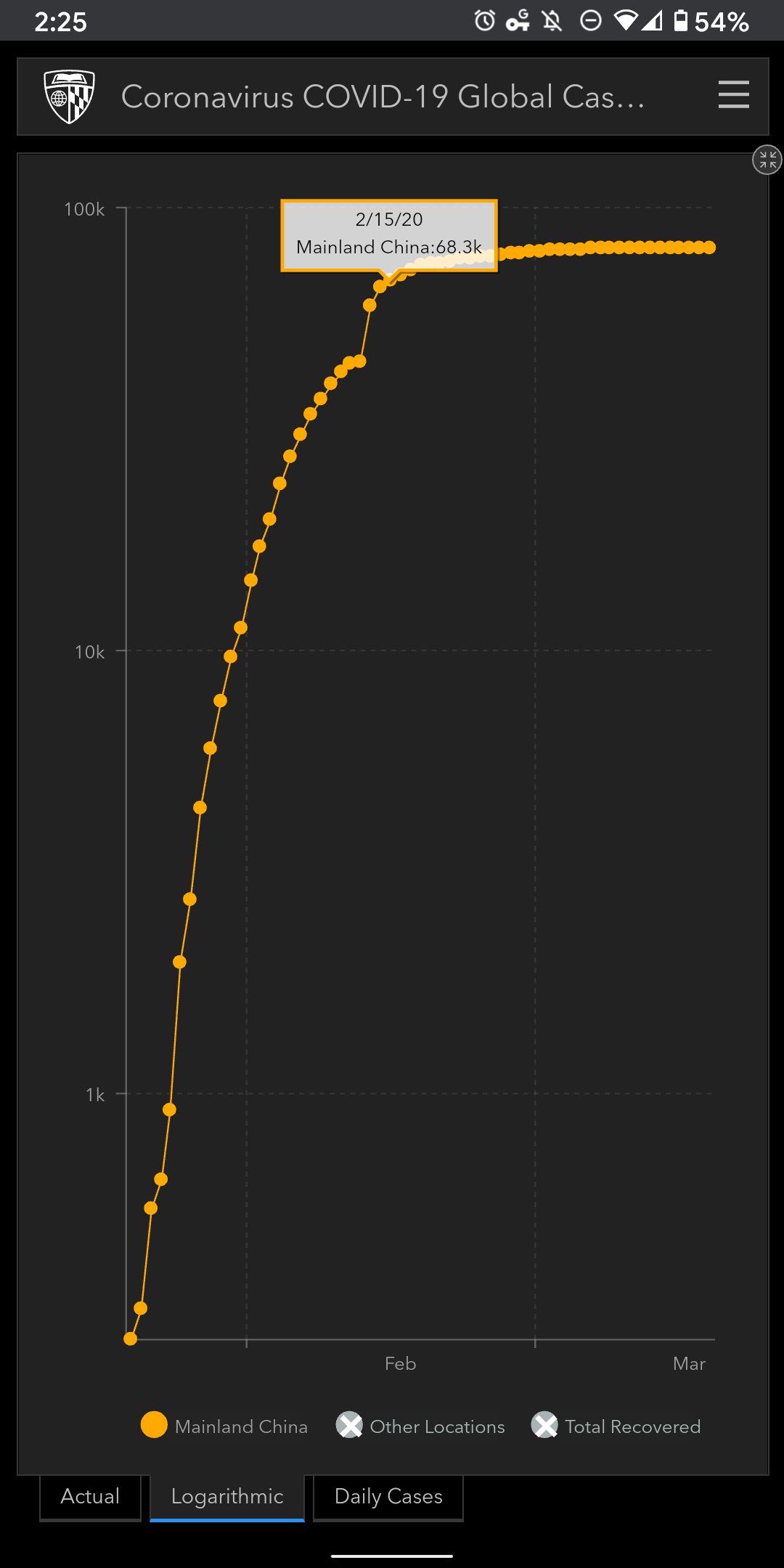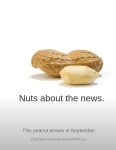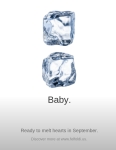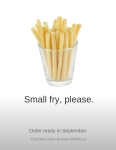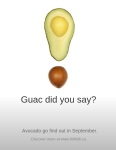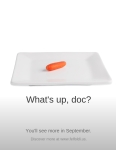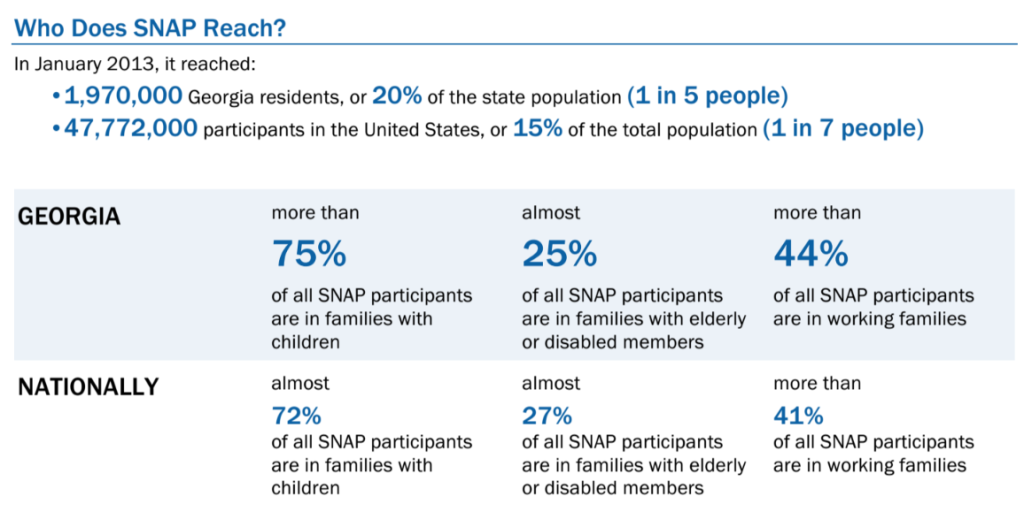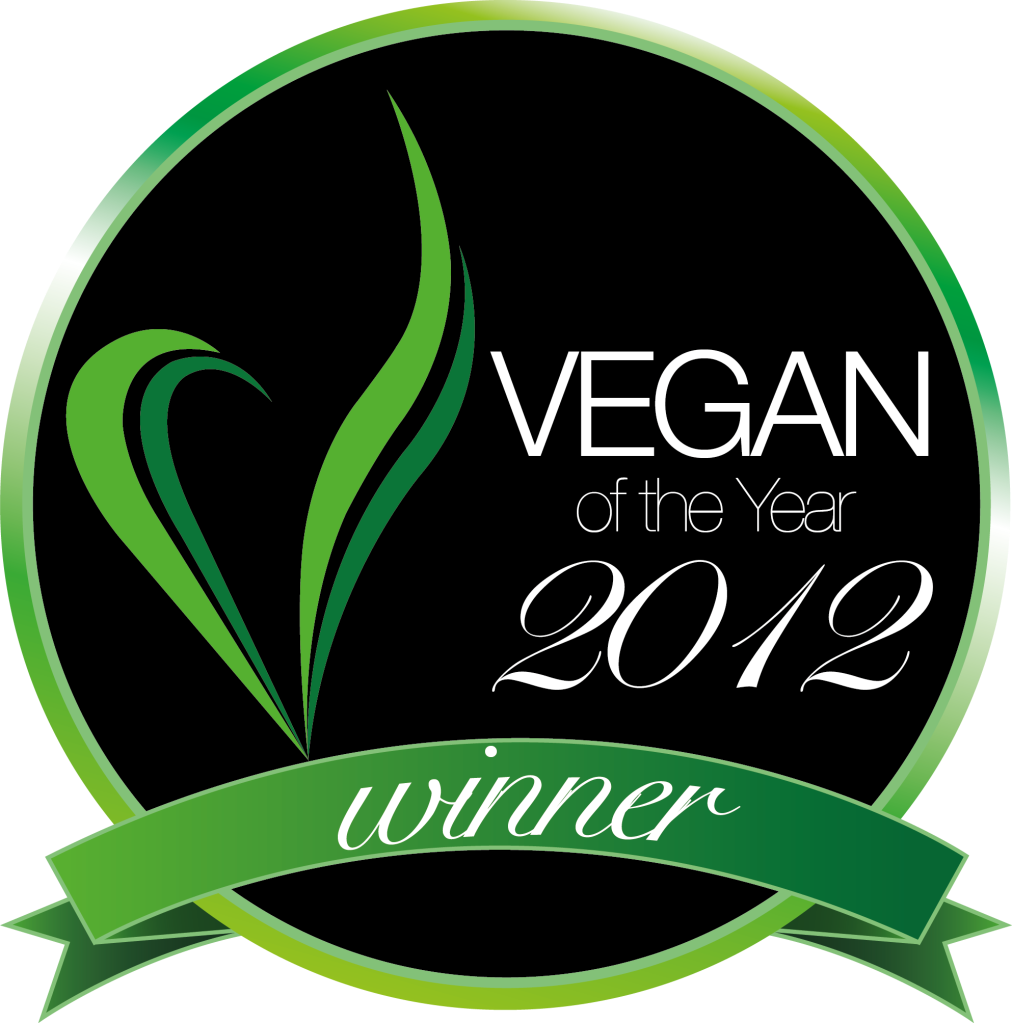
Has it really been a year since I started my dietary vegan experiment? What started as an impromptu 21 day experiment has turned into an eye-opening, waist-reducing dietary overhaul. Looking back, the hardest part wasn’t the willpower to avoid certain food but rather the willpower to make time to shop, chop, and cook at home.
Oh, and I wasn’t really vegan. Yeah…about that.
Vegan-ish
Dietary fundamentalists, those that require absolute and strict adherence to the principles of their selected diet (at that time), are the religious zealots of the dietary world. Both vegan and non-vegans alike have their acolytes. Think “Paleo”. So, the fact that I still purchase and wear leather products, consume honey, and enjoy shellfish banishes me from ever holding a V-card. At the same time, because I avoided all other forms of mammalian and aviarian flesh, eggs, and dairy flesh-eaters branded me a dietary freak. I had no home, so my wife and I invented the term “Seagan”.
In fact, on vacation when nearly all meals are from dining out we found it easier to simply adopt a pescatarian diet. It is pretty challenging to find a restaurant that serves dishes or uses all their ingredients without eggs or dairy free. And when being invited over for a home-cooked meal we found it was less intrusive to simply let the host decide what we were going to eat, even if that meant we would have to stomach some digestive pains after.
In all, over the past year and 1,000+ meals I can count on two hands the number of times I have consumed animal flesh. That puts me at a 99% “success” rate. Those meals stand out in my mind not only because of their relative rarity but also because they were deliciously appreciated, albeit sometimes digestively upsetting. How can I forget the Ostrich Medallions from the restaurant Tantra on October 11th, 2012? My digestive tract certainly did not.
Vegan Surprises
Another surprise was the lack of support I received from friends and family. If I had a family member or friend that wanted to change their lifestyle to improve their health, I’d support them without questions. I, however, received constant questions that seemed more focused on trying to trip me up than support my decision, or invitations to dinners where there were absolutely no meat, dairy, or egg-free options. I’m still amazed how often I attended dinners where plates never saw a single plant other than processed wheat. If there was a plant, it was covered in a creamy layer of butter or cheese.
Over time, however, I learned that this wasn’t backlash or lack of support. Rather, most of my friends and family simply didn’t know how to cook or eat meals that were meat, dairy, and egg-free. It simply wasn’t part of their culinary lexicon, as it wasn’t part of mine when I first started. Think about it – how many dishes do you know how to cook that are absolutely free of animal flesh, dairy, or eggs? Do you even think about if your meal has animal flesh, dairy, or eggs in it?
There were indeed some memorable attempts by friends to support my experiment, including by my mother who prepared a vegan, gluten-free Christmas dinner. This meal was even more impressive when one considers that she is an immigrant from a country that holds the record for the highest beef consumption per-capita. Uruguayans probably come in second place for pasta or bread.
The biggest surprise, however, was how much I’ve come to enjoy vegetables. When they are the primary food on my dish, I don’t feel sluggish or tired after a meal. Instead, I feel…refreshed. It is hard to explain, but a plant-based diet simply “feels” good. Not a delicious “pat-my-belly-from-satiation” good, but rather an energized “I’m-not-going-to-regret-this-at-all” good. While this may be the norm for some in how they relate to food, it was an appreciated surprise for me.
Did Veganism Improve My Health?
Yes.
As a reminder, the root of this experiment turned lifestyle change was health-related. I have a challenging relationship with how I process food both genetically (e.g., family history of cardiovascular concerns) and emotionally (i.e., I “stress” eat…and eat). What’s worse, before I started an annual check-up indicated higher than desired cholesterol, blood pressure, and blood glucose levels. It didn’t help that I had already gained back 50% of the hard-won 20 pounds I had lost from an earlier dietary and exercise overhaul in 2011.
Today, my health metrics are top-notch. My cholesterol is in a healthy range, my blood glucose remains steadily below levels of any concern, and having lost 18 pounds I’m at my lightest weight in over 7+ years. What’s more, even when I fall off the horse and exercise less than I should for a few days (and sometimes weeks), my weight remains relatively stable. It is fairly challenging to gain weight from eating too many veggies (although fried potatoes, corn tortilla chips, and milk-free chocolates are another story).
My Dietary Experimentation Continues
Ultimately, the 12 months have been an exploration of my culinary needs, wants, and values. I’m mindful; I’m thinking about everything I consume (healthy) while avoiding becoming obsessive about the “right/wrong” of the action (unhealthy).
I’ve enjoyed the journey.
I have also discovered that this is very much a personal journey, and a journey that can be afforded due to the relative wealth in which I live. Gathering, cooking, and eating a plant-based diet is resource intensive in both time and money. As such, I do not expect this dietary lifestyle from everyone. If a fellow human is scrounging for sustenance, I get it – eat that cow, chicken, whatever. Chances are it wasn’t raised in an industrial fashion, either. But even if it was, I get it. Enjoy.
For me, however, calories are not precious. I have an abundance of food choices at my beck and call. I’m fortunate enough that spending more on unsubsidized plant-based foods won’t break my bank. It’s a luxury that I have; I understand that not all share that luxury.
As such, I will no longer tell people that I’m “vegan”. I’ll still avoid mammalian and avian flesh, eggs, and dairy, but that decision is a personal one that will be exhibited through my actions, not a label. If a friend offers me a meal that conflicts with my dietary preferences, I’ll appreciate their generosity and break bread under their terms. Consuming that particular meal won’t kill me (hopefully). If a friend wants to meet for a meal, I’ll no longer steer them toward a vegan or vegetarian restaurant. I have discovered that there are always wonderfully delicious options for me to consider, especially if that means a snack of only fried potatoes. I could do far worse.
Thank you for reading this blog series on my year-long plant-based dietary experiment and being part of that journey for the past year. While I may still post about some delicious plant-based recipes I discover or mindful reflection on what I’m eating, and why, I’ll no longer push “The Vegan Agenda”.
Bon appetit!






